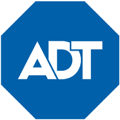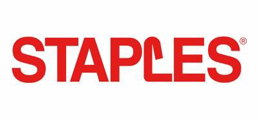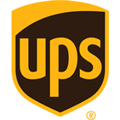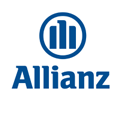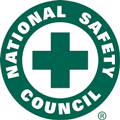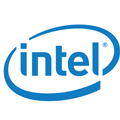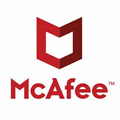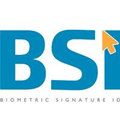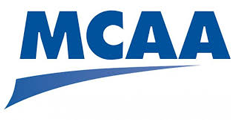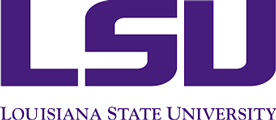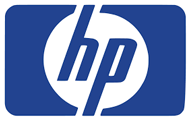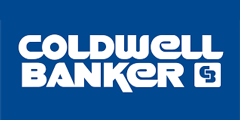Half Billion Records Breached in 5 Years
In the late 90s and early 2000s, hacking had evolved from “phreaking” (hacking phone systems) to “cracking” (breaking into networks). At the time, hackers hacked for fun, for the challenge, and for fame and popularity within the hacking community. But soon enough, the public began spending more time online, shopping, banking, and managing personal affairs. Hackers are no longer wreaking havoc for its own sake, deleting files, or tormenting IT administrators. Now, they’re stealing proprietary data. Instead of fun and fame, today’s hackers are motivated by illegal financial gain.
Over the past five years, criminal hackers from all over the world have been targeting huge databases of Social Security and credit card numbers. The endgame for criminal hackers is identity theft. Once they obtain stolen data, their objective is to turn it into cash as quickly as possible. This either entails selling the data to identity thieves on black market forums, or using the information to create new accounts or to take over existing credit card accounts.
According to the Privacy Rights Clearinghouse’s Chronology of Data Breaches, more than 500 million sensitive records have been breached in the past five years. The Chronology of Data breaches lists specific examples of incidents in which personal data is compromised, lost, or stolen: “employees losing laptop computers, hackers downloading credit card numbers and sensitive personal data accidentally exposed online.”
So when a so-called “identity theft expert” claims that you can protect yourself from identity theft for free, simply by shredding documents, not giving out your Social Security number, locking your mailbox, and monitoring your online accounts, that person does not have the full picture. You should take all these precautions. But when almost everyone’s personal information has been stolen or compromised once or twice, as a result of breaches that are entirely out of our control, it’s clear that you simply can’t protect yourself on your own. This is why identity theft protection is a must.
McAfee Identity Protection includes proactive identity surveillance to monitor subscribers’ credit and personal information, as well as access to live fraud resolution agents who can help subscribers work through the process of resolving identity theft issues. For additional tips, please visithttp://www.counteridentitytheft.com.
Robert Siciliano is a McAfee consultant and identity theft expert. See him discuss an identity theft pandemic on CNBC. (Disclosures)


